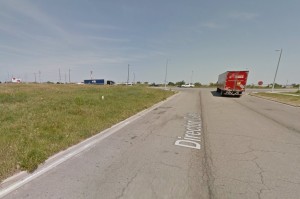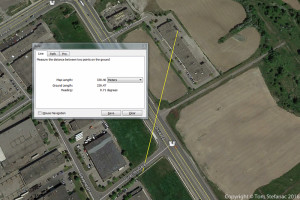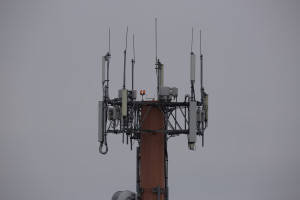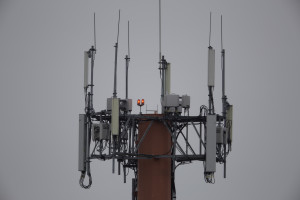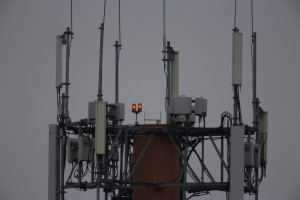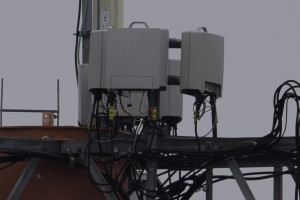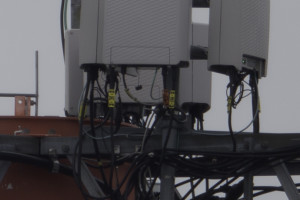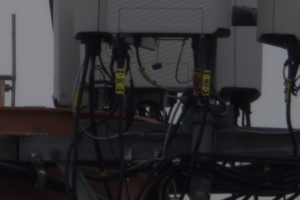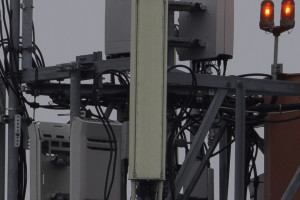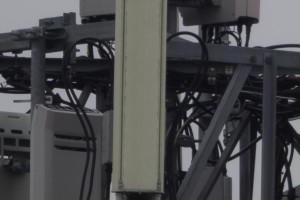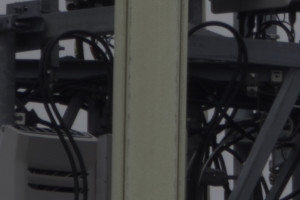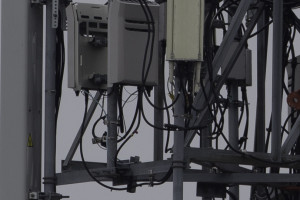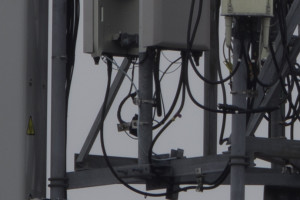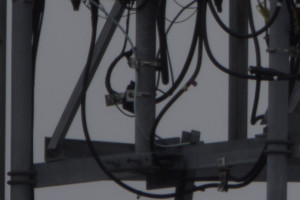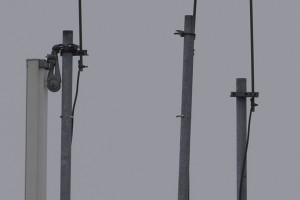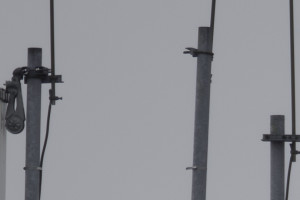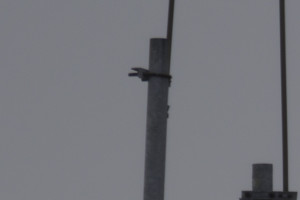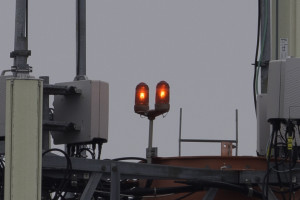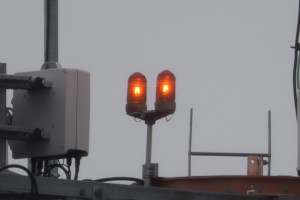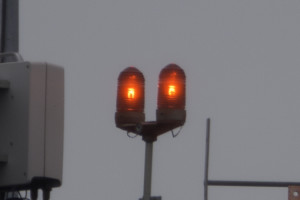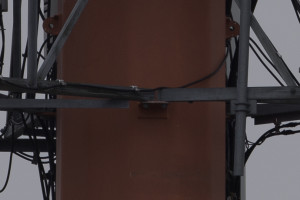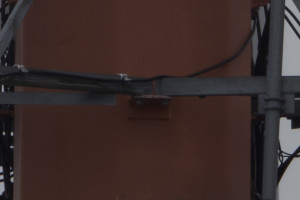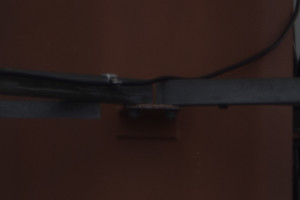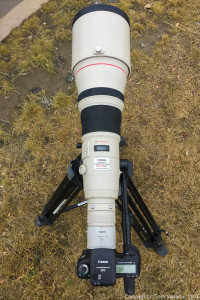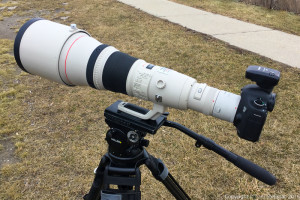Teleconverters are special optical devices that magnify the image coming through a lens. A 1.4X teleconverter magnifies the image by a factor of 1.4 and likewise the 2X does the same but by a factor of 2. So essentially a 400mm lens becomes 560mm at 1.4X and 800mm at 2X. The drawback is that you lose light rustling in more f-stops and because you magnifying the image through more glass the overall quality takes a hit.
Here are some sample photos showing the power of a teleconverter when used with an equally powerful lens, in this case, the Canon 800mm f/5.6 IS USM.
Looking at Google Street View and Google Earth, my subject was a cellular tower 340 meters / 1115 ft away.
These are the full frame images shot with a 5DMKIII @ ISO 100 on a sturdy tripod with image stabilization turned off for optimum clarity. There has been no post processing, these are 100% RAW to JPG conversions at 100% quality.
Click here for the full sized JPG
Click here for the full sized JPG
Click here for the full sized JPG
Here are some 100% image crops showing the same area. There has been no processing, these are straight RAW to JPG conversions at 100% quality.
Finally, this is the camera setup used at the time.
The conclusion is that with each multiplication / magnification factor the image quality degrades ever so slightly and hence 2X magnification has the worst quality while no magnification is the best. However, this degradation is still nominal and far superior to anything achievable using digital magnification. The biggest drawback from using teleconverters is the loss of light resulting in a high F-stop and a slowdown in the camera’s ability to autofocus.
